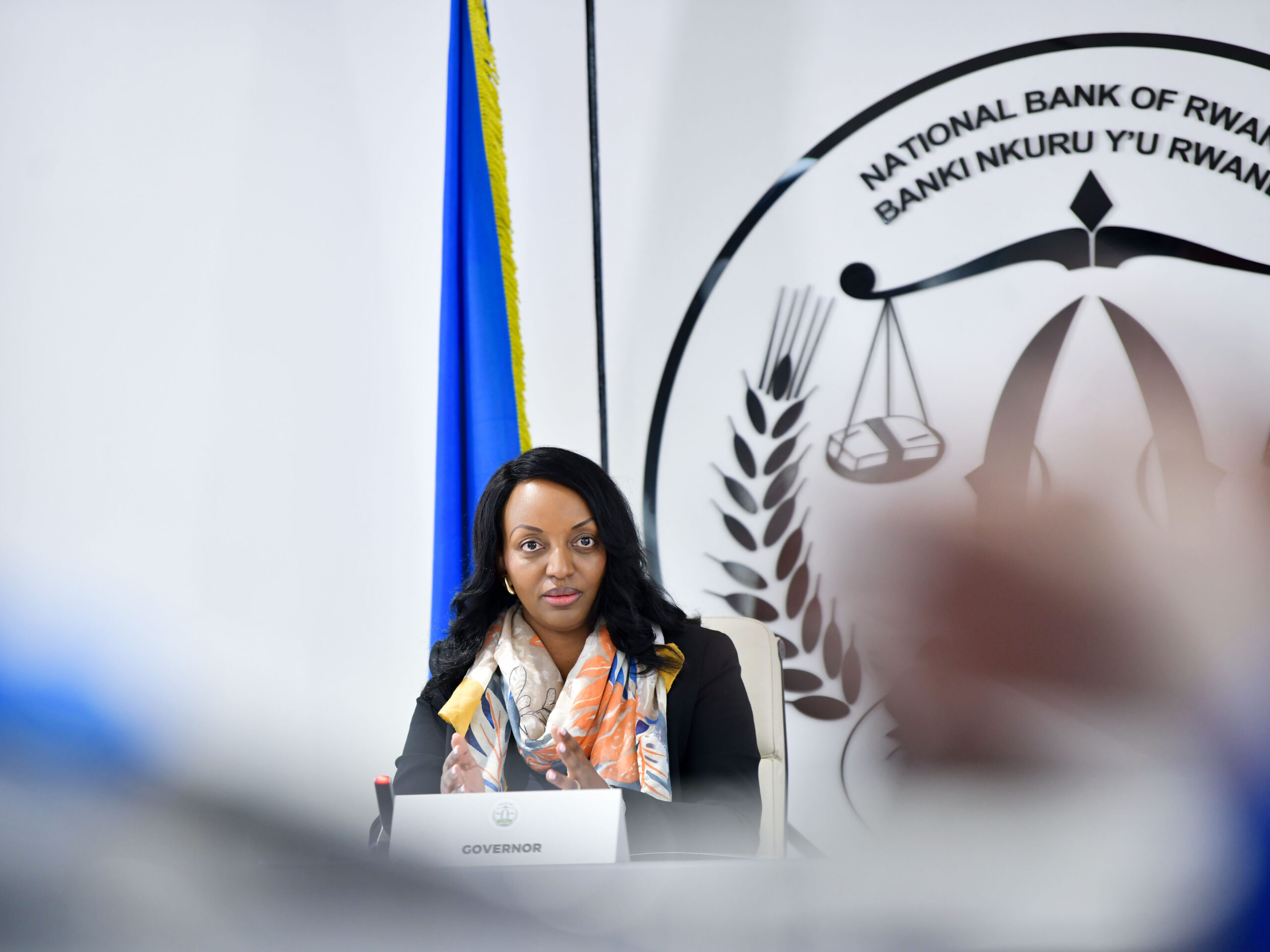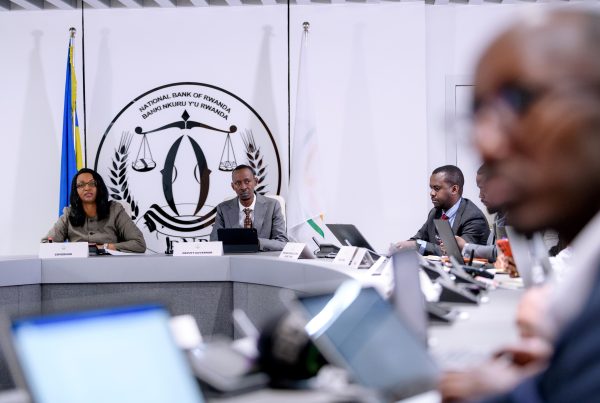Rwanda’s financial sector surged in the first quarter of 2025, with total assets rising by 23.2 percent year-on-year to Rwf13.6 trillion, underpinned by robust growth across banks, insurers, microfinance institutions, and pension funds.
“The financial sector continues to play an increased role in the economy,” Governor of the National Bank of Rwanda, Soraya M. Hakuziyaremye told reporters today. “Its contribution is reflected in the financial sector’s share of GDP, which has grown to 70.3 percent, up from 64 percent in the same period last year.”
The banking sector remains the dominant driver of growth, with assets climbing 23.3 percent over the past year, supported by rising deposits, particularly from corporate and institutional investors. Outstanding loans rose by 13 percent to Rwf5.2 trillion, while newly authorized bank loans hit Rwff643 billion in the first quarter, marking a 29 percent year-on-year increase.
Much of the new lending targeted the trade sector, which accounted for 27.9 percent of disbursed loans. Households, real estate, construction, and manufacturing also received significant financing, underscoring the sector’s growing role in funding the productive economy.
Rwanda’s banks remain sound and stable, with a capital adequacy ratio of 22 percent, well above the 15 percent regulatory minimum and a liquidity coverage ratio of 337 percent. Non-performing loans (NPLs) declined to 2.7 percent, well below the 5 percent threshold, signaling improved asset quality.
“This strong position reflects increased deposits in the banking sector,” Hakuziyaremye said, adding that profitability also improved. Banks recorded a return on equity of 19 percent in the first quarter, while return on assets rose to 4.8 percent, supported by growth in income-generating assets and improved operational efficiency.
The microfinance sector also demonstrated resilience, with assets expanding by 20.6 percent, driven by growth in deposits and equity. The sector reported a capital adequacy ratio of 35.5 percent and a liquidity ratio of 68 percent, more than double the required 30 percent threshold. NPLs in microfinance stood at 4.3 percent, remaining within the acceptable limit.
Insurers continued to post solid growth, with assets increasing by 18.1 percent. The expansion was driven by stronger investment income, increased premiums, and improved equity positions. The insurance sector’s solvency ratio stood at 199 percent, nearly twice the 100 percent regulatory requirement, while the quick liquidity ratio reached 109 percent. Profitability remained high, with a return on equity of 18 percent in the quarter.
The claims ratio moderated to 58 percent, below the 60 percent best-practice benchmark, indicating effective risk management and pricing discipline across private insurers.
The pension sector also reported robust performance. Total assets grew by 23 percent compared to a year earlier. Contributions rose by 98 percent, reflecting recent pension reform measures that raised contribution rates. Disbursements to pensioners increased by 60 percent to Rwf21.9 billion, aligned with a revised benefits policy aimed at improving retiree welfare.
The long-term savings scheme, Ejo Heza, maintained its upward trajectory. Contributions totaled Rwf9.1 billion in the first three months of 2025, with 82 percent coming from the formal sector, the scheme’s primary target demographic. Informal sector contributions accounted for 18 percent, supported by sustained mobilisation efforts.
Digital payment systems also continued to gain traction, reflecting government efforts to promote a cashless economy. Retail transaction volumes and values are on the rise, reinforcing broader financial inclusion goals.
Despite the strength across financial sub-sectors, Hakuziyaremye noted the National Bank is closely watching external and domestic risks. “We are monitoring several risks to this outlook,” she said. “These include a potential rise in borrowing costs due to tight global financial conditions, asset price corrections amid growing global policy uncertainty, and shifts in investment patterns driven by high liquidity levels.”
She added that the National Bank of Rwanda, in coordination with other stakeholders, would “continue to monitor these risks and take timely policy actions to preserve Rwanda’s financial sector stability.”
The update paints a picture of a sector that is expanding not just in scale, but in resilience and sophistication, positioning Rwanda’s financial system as a key pillar in supporting long-term economic transformation.





